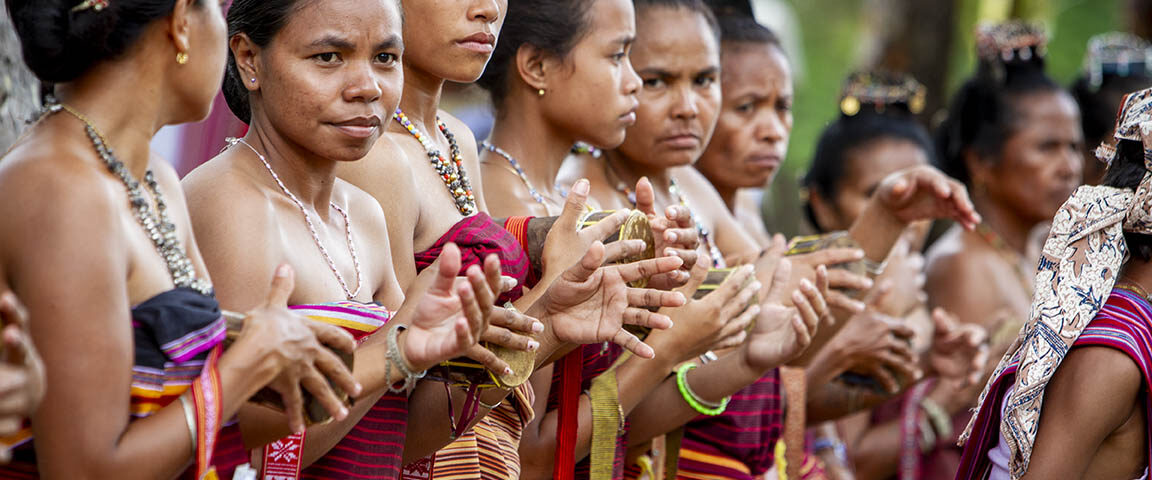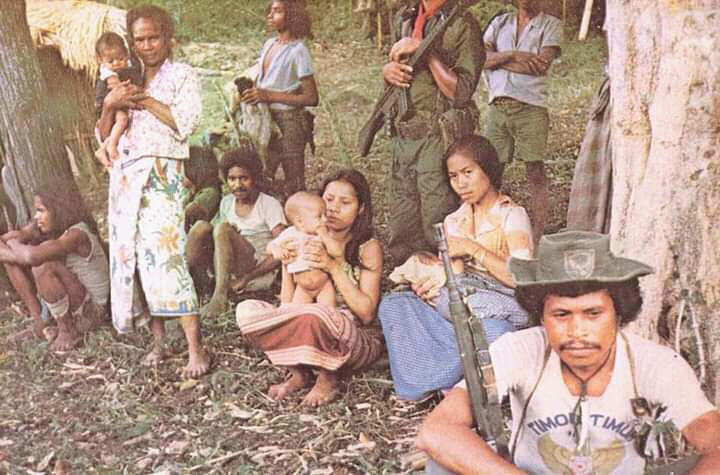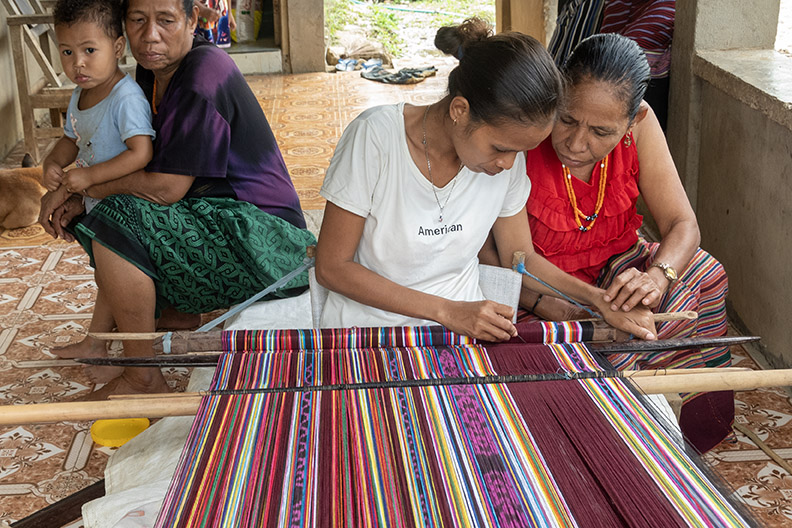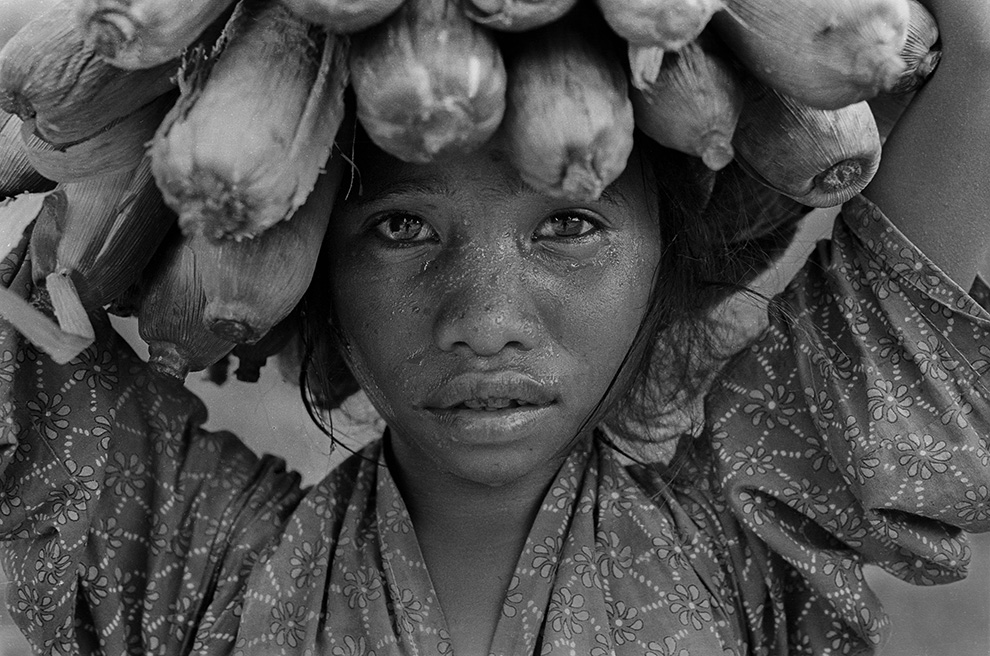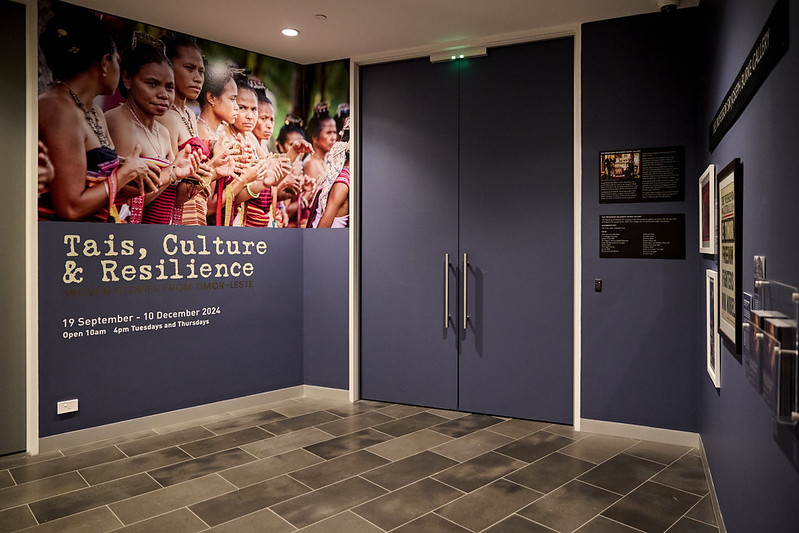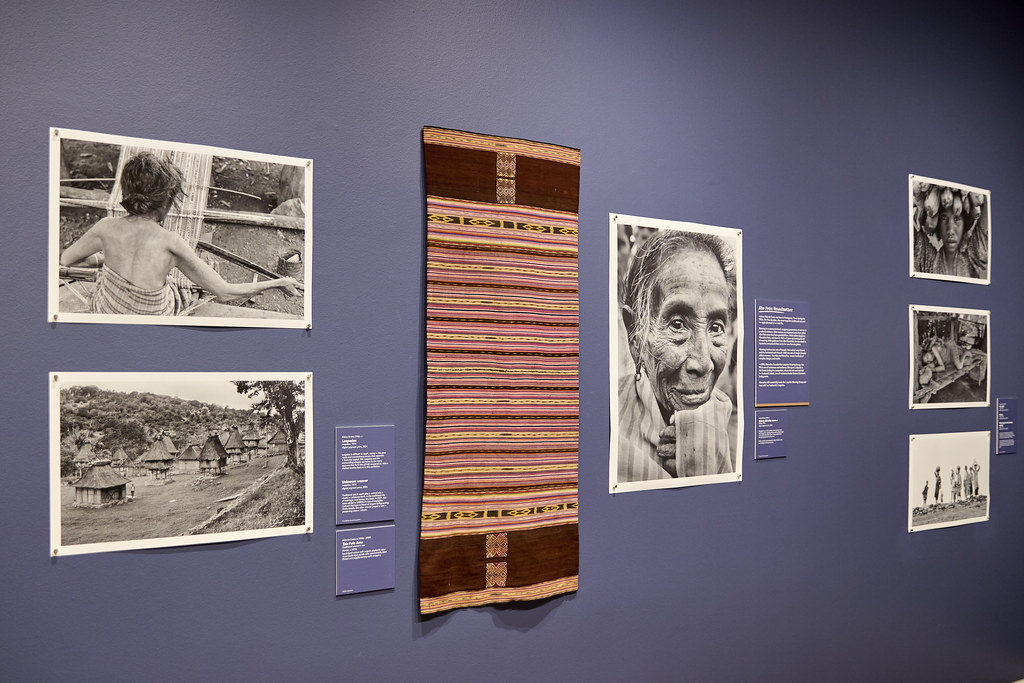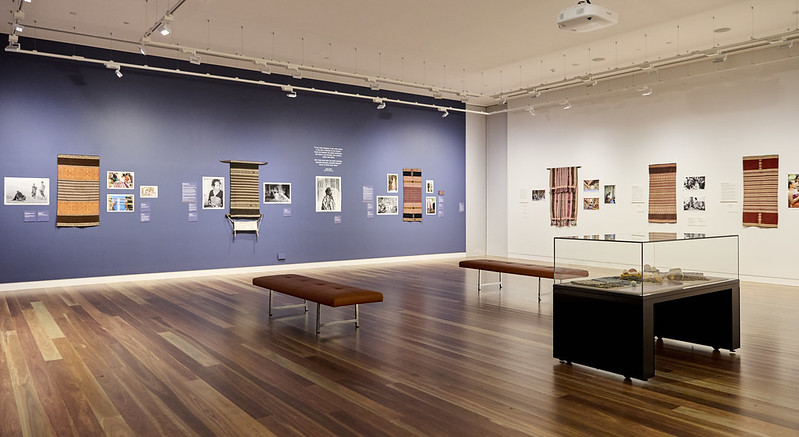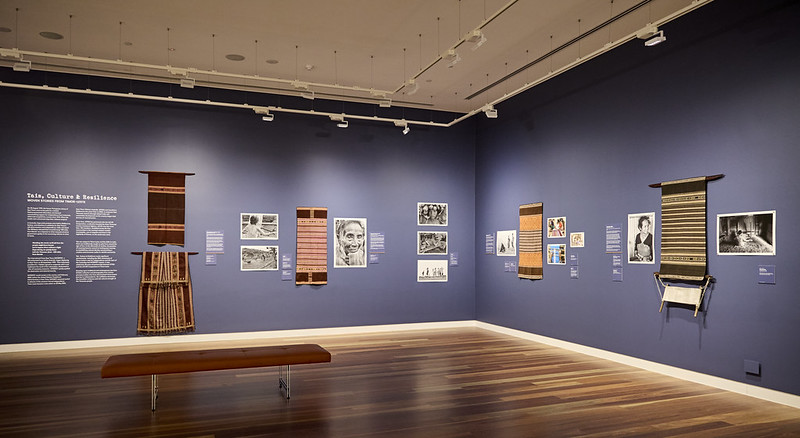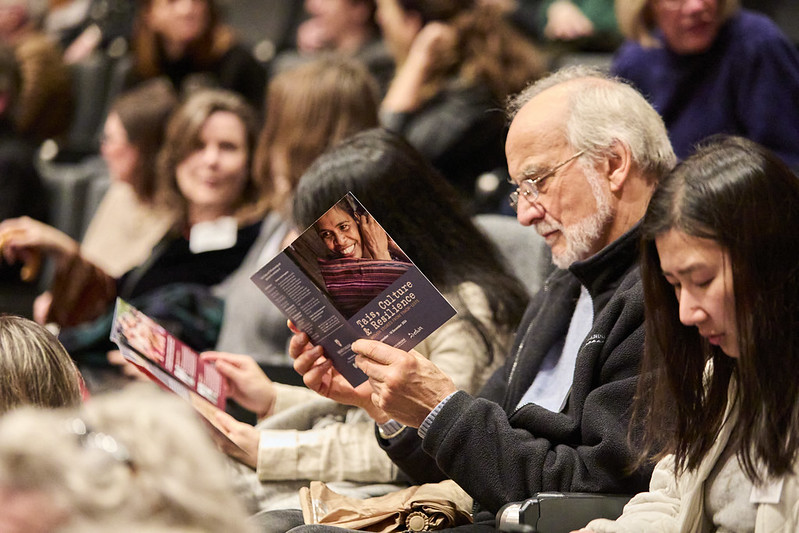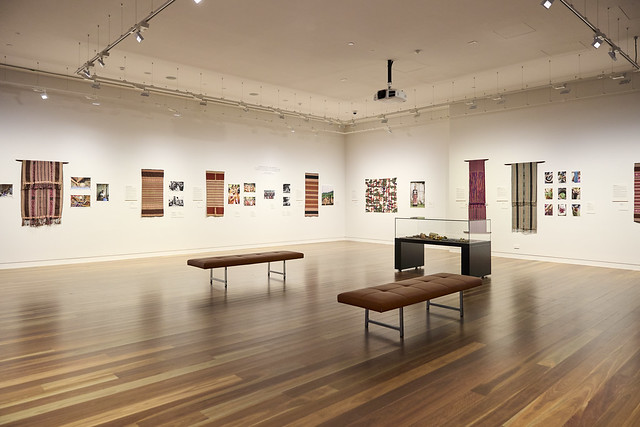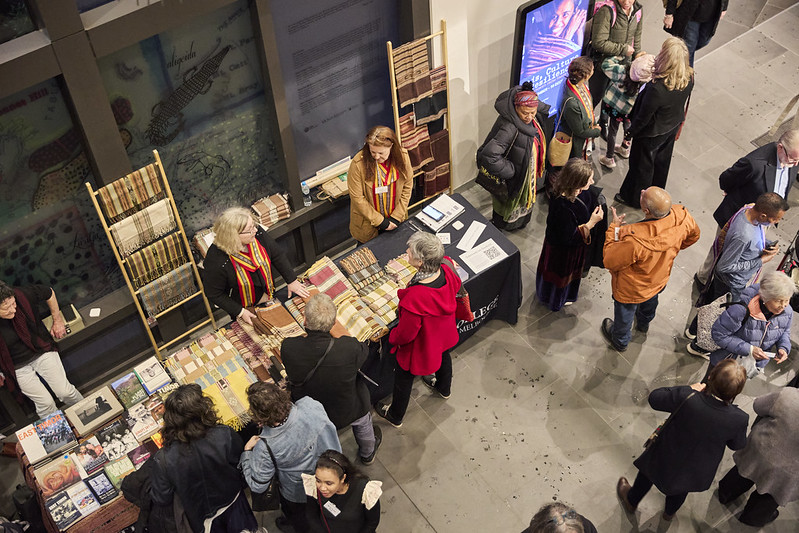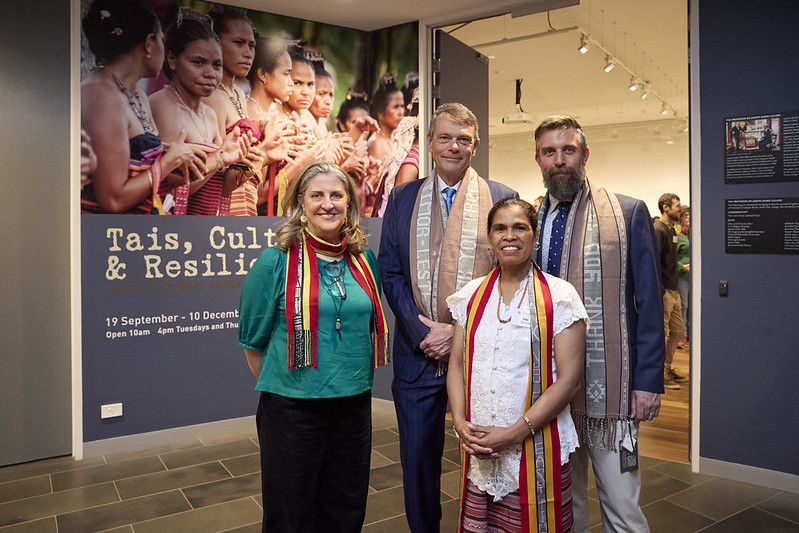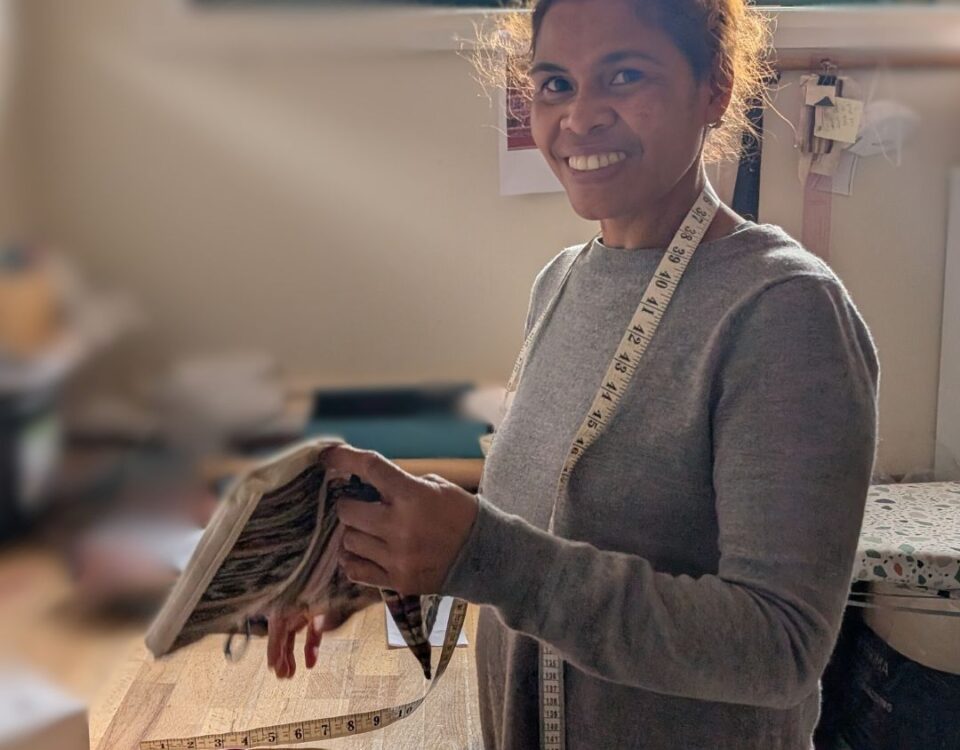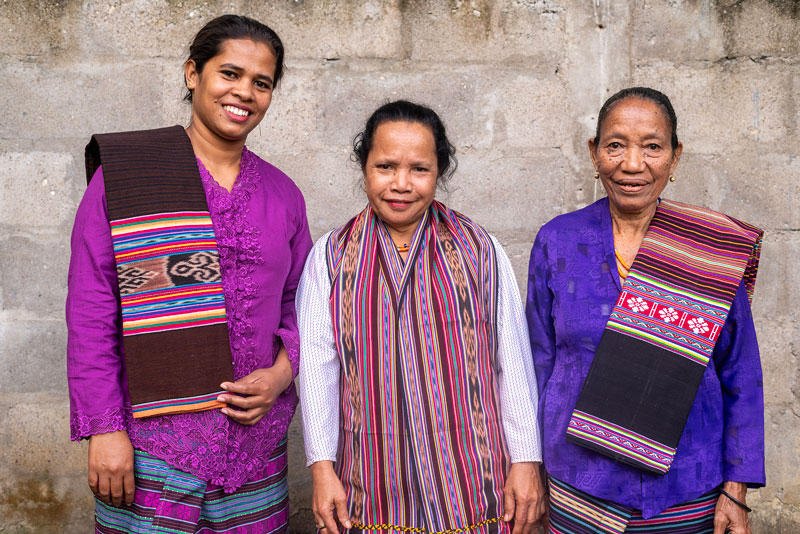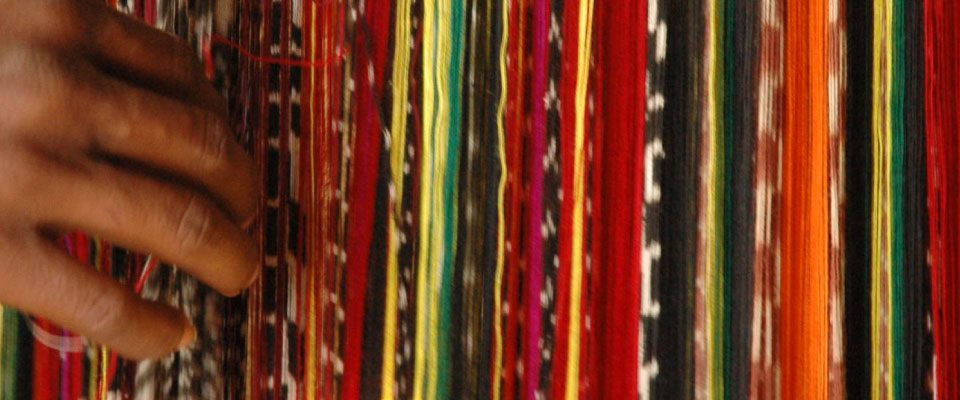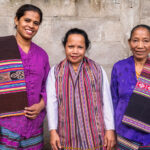
Arte Tais Husi LO’UD
October 17, 2023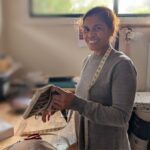
Made by Ilda
October 30, 2024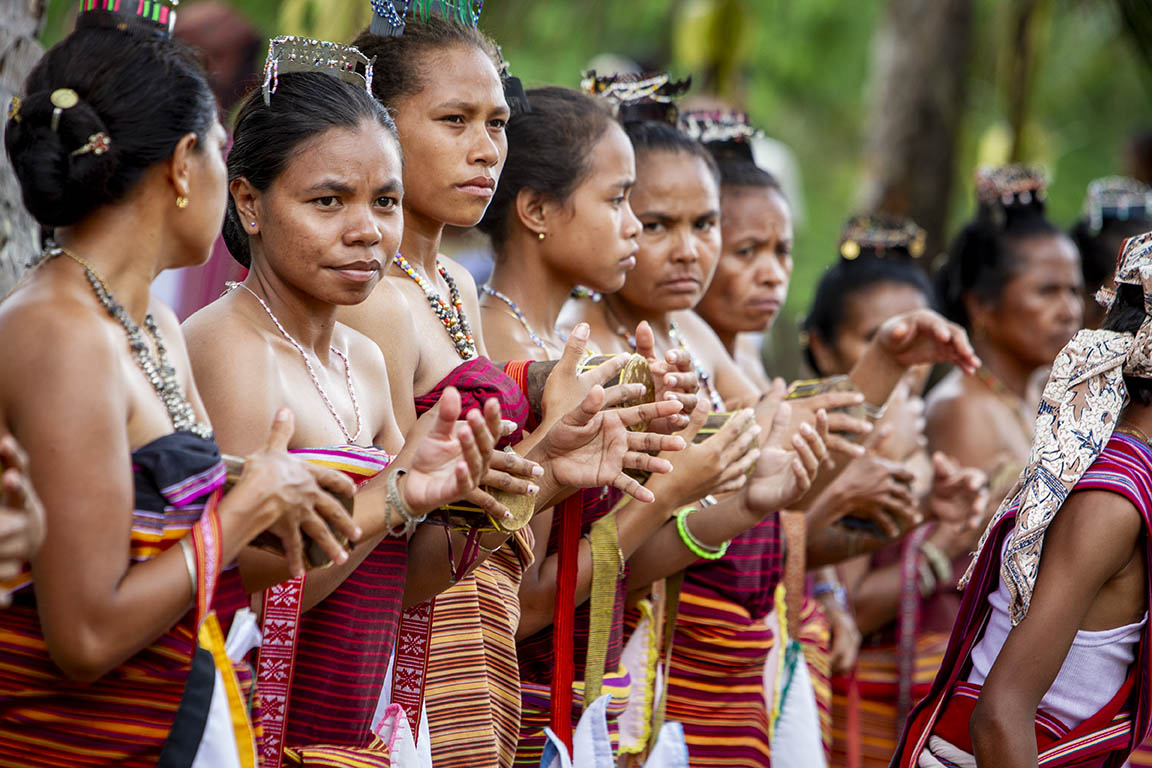
Remembering Timor-Leste: Tais, Culture, and Resilience
Coverage and context for our Exhibition & Symposium: Tais, Culture & Resilience - September 2024
by Lev Lafayette
September 26th 2024
The story of Timor-Leste is one that is close to my heart. A former Portuguese colony, it declared independence in November 1975, only to be invaded by Suharto's Indonesia less than two weeks later. The subsequent occupation was brutal, to put it mildly. The population of East Timor in 1975 was estimated to be 688,000 people; an estimated 150,000 lost their lives in the years that would follow due to direct violent killings, conflict-induced famine, and so forth. Imprisonment, torture, rape etc was rampant. All during this time, successive Australian governments considered the occupation fait accompli. But the Timorese and their allies for self-determination across the world did not give up, and in 1999 the population overwhelmingly indicated their support for independence and voted overwhelmingly (78.5%) against "autonomy" within Indonesia.
The results led to mass violence by pro-Indonesian militia. As the government dragged its feet, Australians protested and eventually - through a rather concerted mass effort where unions were once again at the forefront - the Australian government reluctantly led a UN military mission, INTERFET to ensure peace (an excellent book on how this occurred is by Clinton Fernandes, "Reluctant Saviour: Australia, Indonesia, and the Liberation of East Timor" . INTERFET would be converted into UNTAET, the United Nations Transitional Authority in East Timor, which prepared the country for independence.
For my own part in was in late 1990s, prior to the independence referendum, that Timor became an area of activism for me when I worked as an electorate officer for the Victorian Parliament. In 2002 I visited the country for the first time as the only nominee of the Australian political party appointed as an observer to the UNTAET-run Presidential elections. Whilst I was there I met with representatives of their Ministry of Foreign Affairs, and later in the year I would find myself working as a volunteer for said ministry as the "Information and Communications Technology Policy Advisor" for a year. It is fair to say I worked pretty hard during that year on policy documents, training manuals (translated by the United Nations Development Programme), general network and system maintenance, and even building the first government website. When I left, the Minister (and Nobel Peace Prize recipient) Jose Ramos-Horta provided a rather positive summary of my work. The Australian government's behaviour toward the new country, as Juice Media has pointed out, has not exactly been good (watch video).
One of the visitors whilst I was stationed in Dili was Deb Salvagno. Deb would go on to become the founder of East Timor Women Australia (ETWA), which worked with the LO'UD Cooperative in eastern and southern Timor-Leste. Over the years ETWA has conducted numerous fund-raising activities for this textile cooperative, especially through the sales of the traditional woven cloth, tais. Deb and her friends on the ETWA committee have kept up their solidarity with the Timorese people all this time. In this manner was not surprising that two major events were held last week. Firstly, the launch of the "Tais, Culture, and Resilence" exhibition at Trinity College at the University of Melbourne, and secondly an academic and activist symposium on the matter. The year is a timely choice; fifty years since the original declaration of independence, twenty-five years since the people declared again that it was independence that they desired.
The quality of the speakers, both at the opening and at the symposium, was nothing short of excellent. Professor Clinton Fernandes, as MC, pointed out that the historic victory of the Timorese insurgency was against overwhelming, almost impossible, odds. Professor Craig Stockings, having just completed the official history of Australian peacekeeping operations in East Timor, pointed out the importance of international solidarity (especially from AU, CA, US, and PT), the pirate radio from Timor to Darwin, and all with the additional irony that Australia's DFAT attempted prevent publication of his book, even though it had been approved by security agencies. Professor Michael Leach pointed out that subsistence economies often have high and traditional sources of resilience; Timor Leste had a multiethnic and plural nationalism, a nation of intent. Importantly, the Church introduced Tetum into the Mass and remained independent of the occupying Indonesian governance. Dr Kim McGrath gave a great dedication to the recently deceased Helen Hill one of the extraordinary and consistent supporters of Timor-Leste.
This was, however, a symposium and exhibition with a particular aesthetic bent. Lara Nicholls, art curator of the Australian War Memorial Museum, discussed the acquisition of four tais and their particular significance to the museum. A panel discussion of Timorese (Josh Trinidade, Ilda de Cruz, Maria Madeira) on their culture and products was particularly insightful often combining the complex role of their traditional animism with the influence of more contemporary Catholicism and the horrific traumas of the occupation. Ultimately, expressed through the aesthetic and combined with the political, this was their story.
With hundreds of people attending each event, it was truly heartening to see so many people consistently supporting Timor-Leste many years after achieving independence. These are the people who stood in solidarity with the Timorese through difficult periods when the official line would have been to accept the invasion, the occupation, and the annexation. It is a reminder of the power of individuals acting for a collective and just interest, then all systems of power and oppression cannot stand against the resilience of a united population and their international allies.
Further, it is a reminder that art without politics is hollow and indulgent, whereas politics without art is dry and lacking in intrinsic motivations. But when combined, art and politics provide the foundation for a resilient culture.
by Lev Lafayette
September 26th 2024

